OKOLO Offline Two
Czech creative agency OKOLO and Depot Basel explore the human theme of collecting

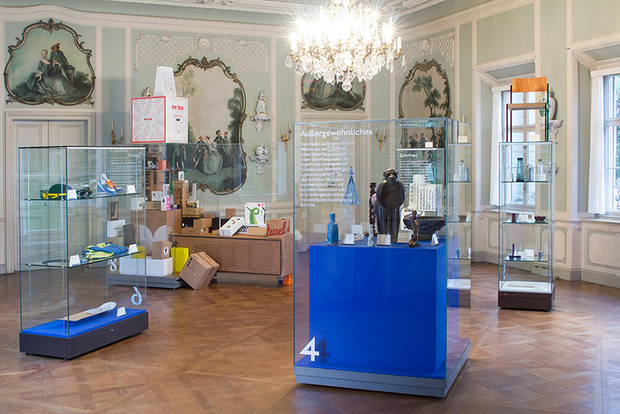
Czech creative collective OKOLO (which includes CH contributor Adam tch) has hosted exhibitions like “Open & Drink!” (showcasing 24 design-forward bottle openers from around the world) and even designed a limited edition book on Italian furniture designer Carlo Mollino, complete with paper cut-outs. Now, they’re teaming up with the independent and self-initiated Swiss space Depot Basel for the second time to incite a discussion on the phenomenon of collecting. From treasured birthday cards over the years to vintage lunchboxes and banana paraphernalia to priceless works of art, there’s some innate drive that causes humans to collect and preserve the most meaningful and (seemingly) meaningless of objects.
Depot Basel is a particularly interesting entity itself. It’s a non-profit space that aims to show that contemporary design is more than just eye-shopping. Depot Basel (“Neither a gallery, nor a museum, nor a showroom,” journalist Alasdair Thompson wrote upon his first visit) hosts projects that engage a wider audience in becoming more conscious about contemporary design and how it touches every aspect of our lives.
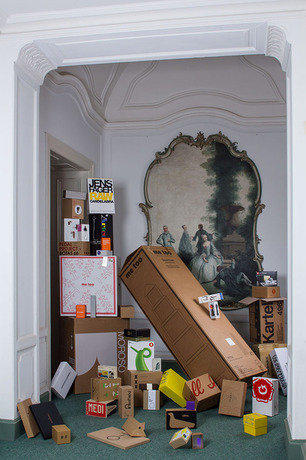
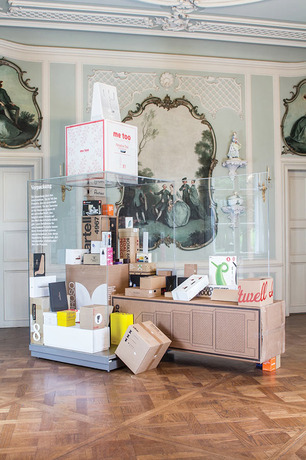
This past spring, Depot Basel and OKOLO first collaborated on “OKOLO OFFLINE,” an analog version of the OKOLO blogwhere they post inspiring (and eye-catching) images and thoughts on design. In a sense, OKOLO has turned into online “collectors” who are just as fascinated about objects and their meaning. In an unusual experiment, Depot Basel selected 25 blog posts and brought them into a physical environment. “We took their material offline,” Depot Basel co-director Matylda Krzykowski tells CH. “On one hand, we wanted to question if the online experience will or can replace the analog experience, because people over time are relating more and more to their screens. On the other hand, we questioned if material collected online can be the archive of the future.” In the age of Tumblr, WordPress and even looking back on CH’s own archive, it’s a relevant question to be exploring.
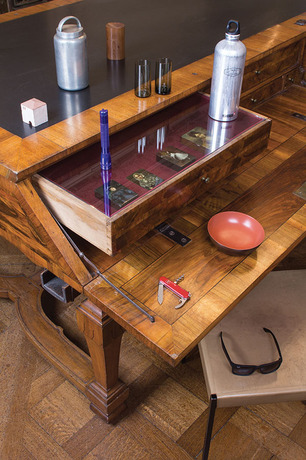
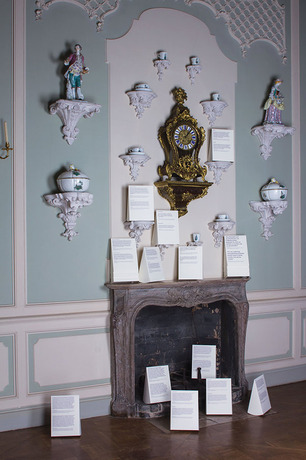
“For the second exhibition [OKOLO OFFINE TWO] in Dresden, we wanted to turn the experience around,” says Krzykowski. Taking over Kunstgewerbemuseum in Dresden, Depot Basel and OKOLO have grouped together objects from OKOLO’s personal archive, pieces from the museum’s own collection and loaners from friends, putting them on display. Each themed collection (ranging from Exhibition Furniture to Opinions to Ordinary, for a total of nine) will then be written about in special blog entries on OKOLO’s website. “The offline experience in the museum becomes an accessible experience for everyone in the internet,” Krzykowski continues.
Krzykowski also points out how museums lately have been using the internet as a tool to communicate what they are collectingwhether it’s MoMA on Instagram or Rijksmuseum making high-resolution images of its collection available free to the public for creative use, without copyright. “It’s an opportunity to give an insight into their
knowledge without depending on a space,” says Krzykowski. “OKOLO collects intuitively. Archiving and preserving plays no central role here. But they find new contexts that can make us understand the things around us in a different way. They share their knowledge by publishing their findings online.”
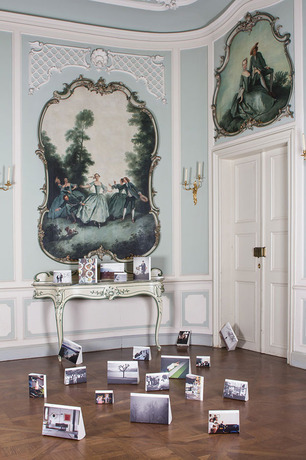
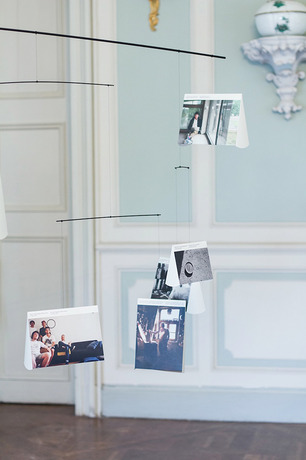
“OKOLO OFFLINE TWO, COLLECTING” is on view at Kunstgewerbemuseum at Schloss Pillnitz, Bergpalais in Dresden, Germany until 2 November 2014.
Images by OKOLO courtesy of Kunstgewerbemuseum












